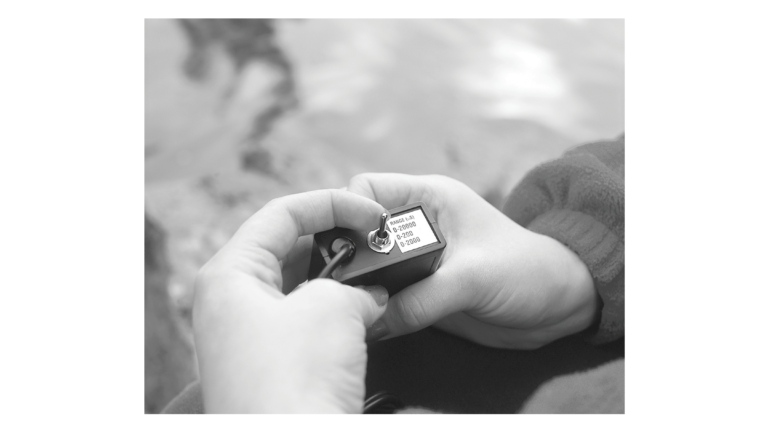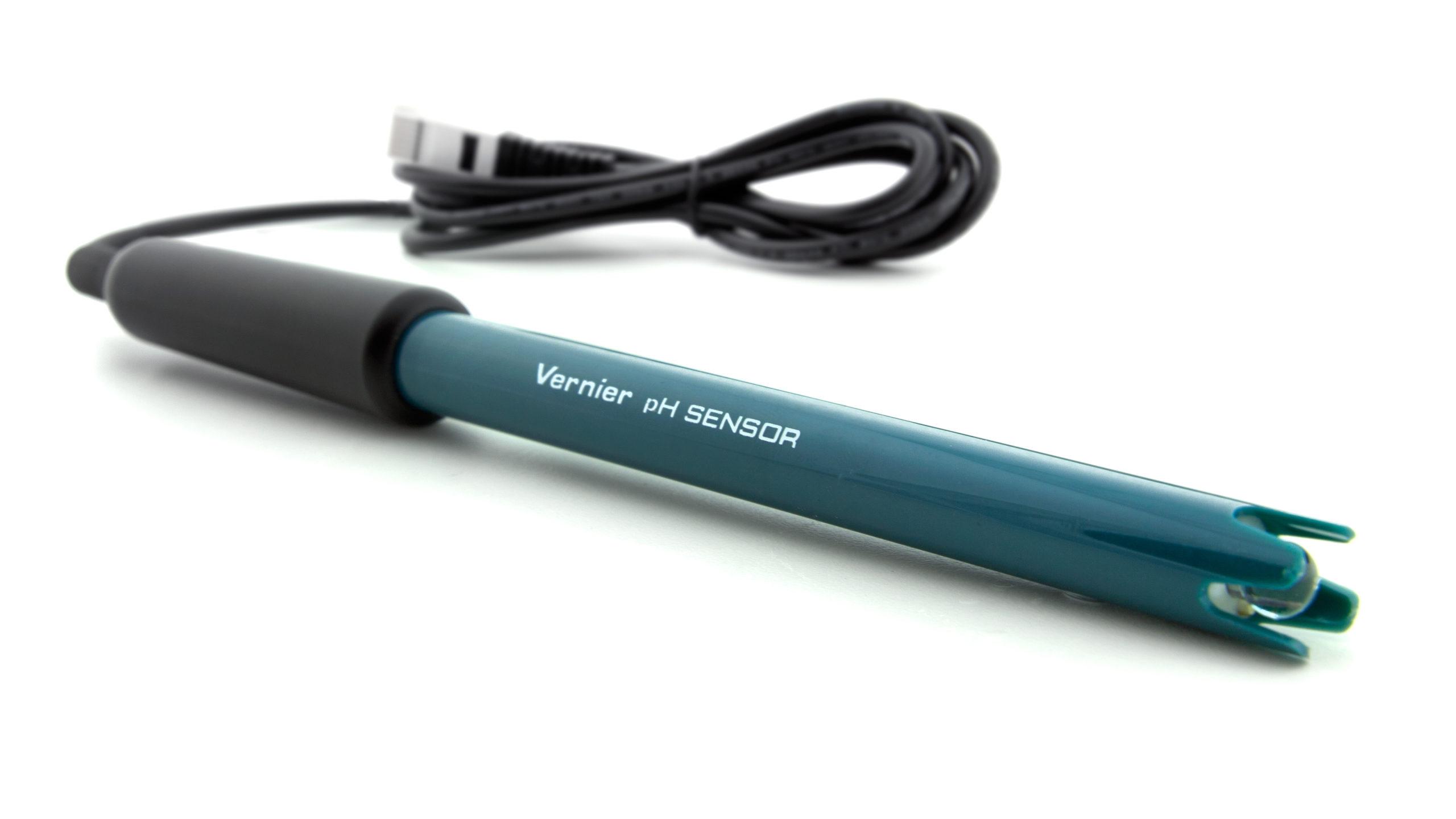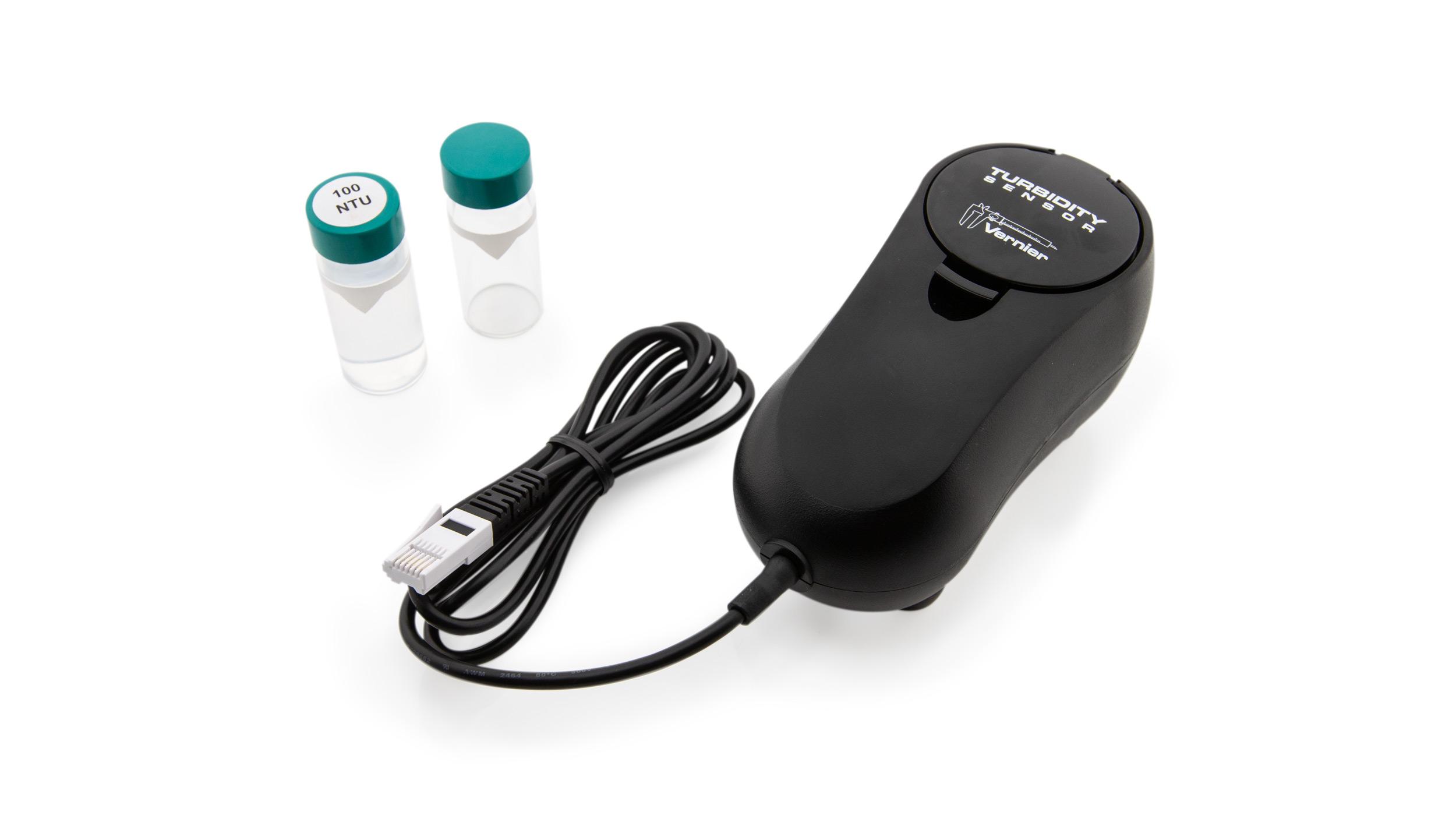Water Treatment
Experiment #6 from Investigating Environmental Science through Inquiry
- Subject
- Environmental Science

Introduction
Every community has a method for pre-treating drinking water from a ground or surface water source. Sometimes the term water purification is used for this treatment, but this term incorrectly suggests that the end result of this process will be pure water, with no impurities. A better term to describe this process is water treatment. In order to be assured that water from a well, stream, or lake has enough impurities removed by water treatment to be used as drinking water, it must go through several water treatment steps. These steps may include settling, filtration, or pH adjustment. Far from making the water “pure,” the treatment will in many cases simply reduce some impurities to a level found to be acceptable by government agencies. Some typical EPA (Environmental Protection Agency) standards for drinking water are shown in this table.
Objectives
In the Preliminary Activity, you will gain experience using a Conductivity Probe, a pH Sensor, and a Turbidity Sensor as you determine the total dissolved solids (TDS), the pH, and the turbidity of a water sample provided by your teacher.
After completing the Preliminary Activity, you will first use reference sources to find out more about water treatment before you choose and investigate a researchable question.
Sensors and Equipment
This experiment features the following sensors and equipment. Additional equipment may be required.
Ready to Experiment?
Ask an Expert
Get answers to your questions about how to teach this experiment with our support team.
- Call toll-free: 888-837-6437
- Chat with Us
- Email support@vernier.com
Purchase the Lab Book
This experiment is #6 of Investigating Environmental Science through Inquiry. The experiment in the book includes student instructions as well as instructor information for set up, helpful hints, and sample graphs and data.




